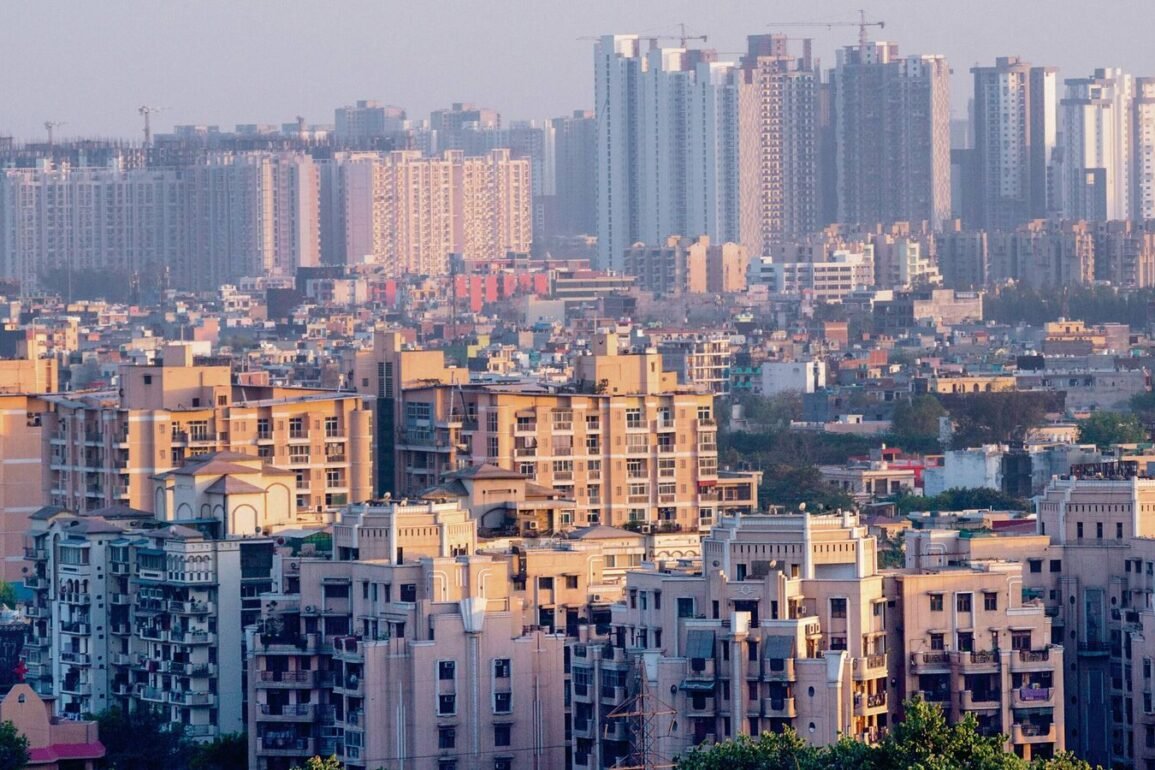The Decline of Public Spaces in India: The Heart of the Matter
Church Street in Bengaluru, once a shining example of urban beautification, is now marred by a myriad of problems five years after a major renovation. Situated just outside our company’s office, the street’s decline into a state of disrepair — littered with refuse, broken pavement, faulty street lighting, and unauthorized parking — is quite apparent.
Urban Mismanagement: A Snapshot
Such indicators of systemic deficiencies in urban management aren’t unique to Church Street alone; they run rampant across all major cities in our country. All point to the same underlying issues — corruption within local governments, administrative incompetence, and a general disregard for public infrastructure among our citizens.
A question that keeps resurfacing is: Why are our public spaces becoming increasingly shoddy and neglected while our nation’s economic status continues to improve?
The Crux of the Problem: Lack of Ownership
Scratching beneath the surface, these problems appear to be symptoms of a deeper issue entrenched in our mindset — an absence of communal ownership. Our shared spaces like public toilets, government buildings, roadways, forests, and environmental resources suffer because they aren’t deemed as common property by the populace.
Instead, these resources are regarded as free-for-all grounds to be exploited before someone else does. A clear manifestation of this outlook is the low city-wide social capital and lack of common community, causing urban governance to crumble. The situation worsens in larger cities where small factions seek to maximize their own benefits, thus disregarding the city’s overall welfare.
Empowering the Community
Elinor Ostrom, a Nobel laureate for her analysis of economic governance, particularly commons, shed light upon positive case studies worldwide, which provided hope for community-conscious governance of natural resources. However, whenever the implementation of these policies is considered within India, the primary requirement — defining community boundaries — turns into a daunting obstacle.
While feasible in specific smaller settings, such as restoring lakes and public parks through local rule enforcement, this approach seems impracticable on a city-wide scale.
For instance, access restriction measures for preserving Church Street’s upkeep, like limited access to local residents, businesses, and patrons, would neither be practical nor ethical. Hence, high-traffic zones, particularly tourist hotspots, bear the brunt of damage inflicted by unconcerned visitors or ‘outsiders’.
The Local Perspective and Its Pitfalls
Another complexity that stands in the way of improving public spaces is the existing mentality of local ‘insiders’. They often don’t consider themselves as part of a shared community, hence showing little to no interest in upholding civic responsibilities. Local politics in urban India often revolves around caste and sectarian lines, and its role as a consolidator of disparate stakeholder interests remains questionable.
A Call to Build Social Capital
The implication of these insights is clear: public amenities will inevitably fall short of expectations unless the social capital deficit is overcome. The next step for civic activism should shift from technocratic adjustments to better community-building.
Gandhi’s century-old realization of community amalgamation seems more relevant now more than ever. The aim isn’t to achieve uniformity, but to foster a common sense of belonging without compromising diversity. The focus of corporate social responsibility (CSR), social activism and civic leadership now lies in strengthening social capital, particularly in urban India.














